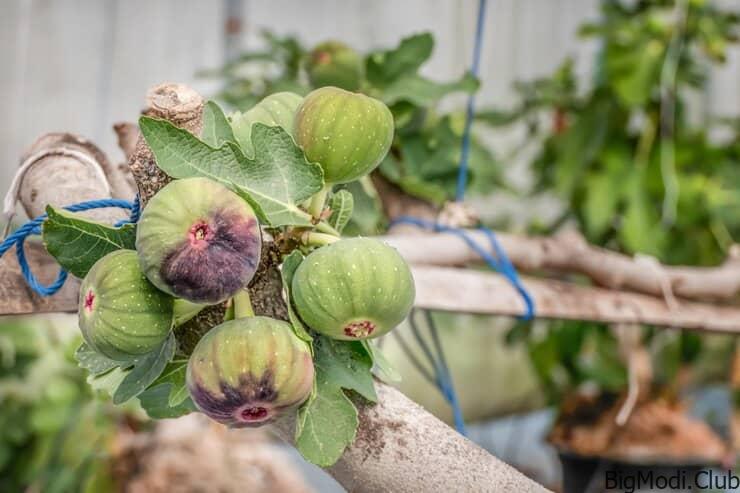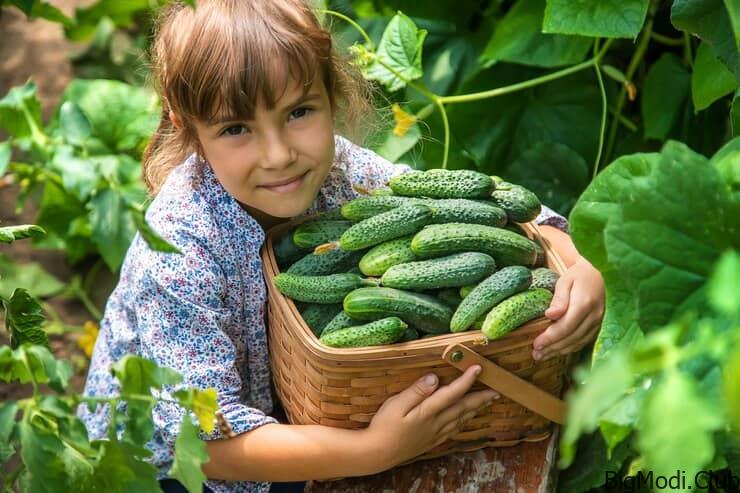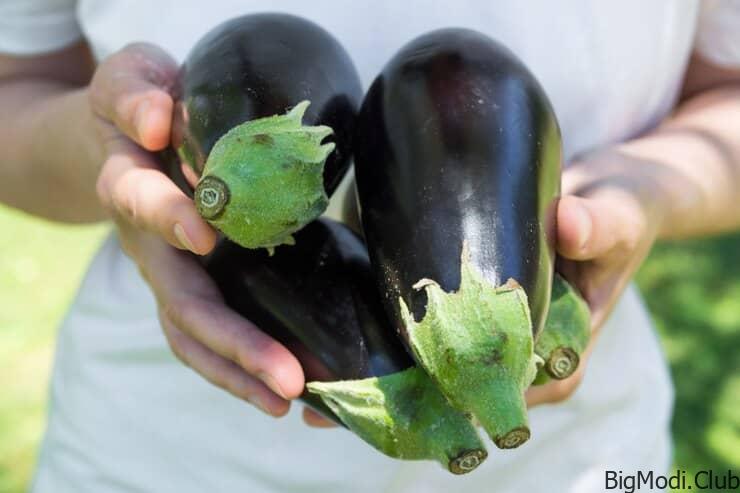Growing melon cantaloupe can be a rewarding experience, providing you with large, sweet fruits that are perfect for summer. By following the right methods and giving your plants the care they need, you can ensure a bountiful harvest. This comprehensive guide will walk you through every step of the process, from selecting the right seeds to harvesting your melons.
Choosing the Right Seeds
Selecting the right cantaloupe seeds is the first crucial step. Look for varieties that are well-suited to your climate and soil type. Popular varieties include Hale’s Best, Ambrosia, and Athena. Ensure that the seeds are fresh and sourced from a reputable supplier to guarantee high germination rates.
Preparing the Soil
Cantaloupes thrive in well-drained, nutrient-rich soil. Begin by selecting a sunny location with good air circulation. Prepare the soil by tilling it to a depth of 12-18 inches and incorporating plenty of organic matter, such as compost or well-rotted manure. The ideal soil pH for cantaloupes is between 6.0 and 6.8. Test your soil and adjust the pH if necessary by adding lime to raise it or sulfur to lower it.
Planting Cantaloupe Seeds
Starting Seeds Indoors
For an early start, sow cantaloupe seeds indoors about 4-6 weeks before the last expected frost date. Use peat pots or seed trays filled with a high-quality seed-starting mix. Plant the seeds 1/2 inch deep and keep the soil moist but not waterlogged. Maintain a temperature of 75-85°F for optimal germination, which typically occurs within 7-10 days.
Direct Sowing Outdoors
If you prefer to sow seeds directly in the garden, wait until the soil temperature reaches at least 70°F. Plant seeds in hills or mounds, spacing them about 2 feet apart with rows 4-6 feet apart. Sow 3-4 seeds per hill, thinning to the strongest plant after germination.
Watering and Mulching
Proper watering is essential for growing large, sweet cantaloupes. Water deeply and consistently, providing about 1-2 inches of water per week. Use a soaker hose or drip irrigation system to deliver water directly to the roots, avoiding wetting the foliage, which can lead to disease.
Mulching helps conserve moisture, regulate soil temperature, and reduce weed growth. Apply a thick layer of organic mulch, such as straw or shredded leaves, around the plants, keeping it a few inches away from the stems to prevent rot.
Fertilizing
Cantaloupes are heavy feeders and benefit from regular fertilization. Before planting, work a balanced fertilizer, such as 10-10-10, into the soil at a rate of 2-3 pounds per 100 square feet. Once the vines begin to run, switch to a high-potassium fertilizer to promote fruit development. Avoid over-fertilizing with nitrogen, as this can lead to excessive vine growth at the expense of fruit production.
Training and Pruning
Training cantaloupe vines on a trellis can save space and improve air circulation, reducing the risk of disease. Use a sturdy trellis that can support the weight of the fruit. Secure the vines with soft ties, and place slings under developing melons to prevent them from falling.
Pruning helps direct the plant’s energy towards fruit production. Pinch off the tips of the main vines when they reach about 3-4 feet in length to encourage lateral growth. Remove any side shoots that appear in the leaf axils to concentrate growth on the main vines and developing fruit.
Pollination
Cantaloupes require pollination to set fruit. Bees and other pollinators play a crucial role in this process. To attract pollinators, plant flowers such as marigolds, sunflowers, and zinnias nearby. If pollinator activity is low, you can hand-pollinate the flowers using a small paintbrush. Gently transfer pollen from the male flowers to the female flowers, which have a small fruit at the base.
Pest and Disease Management
Common Pests
- Aphids: These small, sap-sucking insects can be controlled with insecticidal soap or neem oil.
- Cucumber beetles: These pests can spread bacterial wilt. Use row covers to protect young plants and apply appropriate insecticides if necessary.
- Squash bugs: Handpick and destroy eggs and nymphs, and use insecticidal soap for severe infestations.
Common Diseases
- Powdery mildew: This fungal disease appears as white, powdery spots on leaves. Prevent it by providing good air circulation and applying fungicides as needed.
- Downy mildew: Characterized by yellow spots on leaves, downy mildew can be managed by removing infected leaves and using fungicides.
- Anthracnose: This disease causes dark, sunken lesions on fruits and leaves. Control it by rotating crops, using resistant varieties, and applying fungicides.
Harvesting Cantaloupes
Knowing when and how to harvest your cantaloupes is key to enjoying their full flavor. Cantaloupes are ready to harvest when they easily slip from the vine with a gentle tug and have a sweet, fragrant aroma. The skin should be a rich, golden color with a pronounced netting pattern. Cut the fruit from the vine, leaving a short stem attached.



